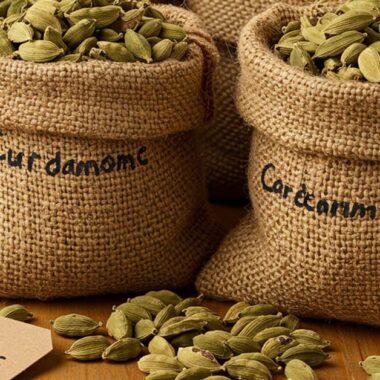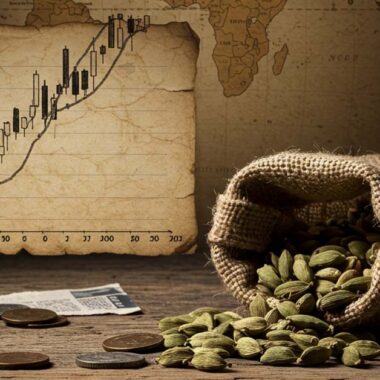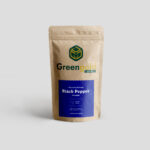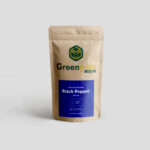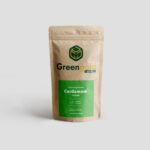Climate change is disrupting global agriculture, and cardamom farming is no exception. 🌱 With unpredictable weather patterns, rising temperatures, and erratic rainfall, cardamom production is under threat, leading to unstable prices.
Let’s explore how climate change is impacting cardamom farming, supply chains, and global prices. 📊🔥
☀️ 1️⃣ Rising Temperatures Reduce Yield
Cardamom thrives in cool, humid, and shaded environments. However, rising temperatures are:
📉 Reducing flowering & fruit setting, leading to lower yields.
📉 Causing soil moisture loss, making plants weaker.
📉 Increasing plant stress, leading to smaller pods with less aroma.
💡 Impact on Prices: Lower yield means reduced supply, pushing prices higher. 📈
🌧️ 2️⃣ Unpredictable Rainfall & Droughts
Rainfall plays a crucial role in cardamom farming, but climate change is disrupting monsoons:
🌧️ Excess rainfall leads to root rot & fungal diseases.
🔥 Extended dry spells reduce plant growth & yield.
⚠️ Erratic weather cycles make planning difficult for farmers.
💡 Impact on Prices: When droughts or floods hit major growing regions like Idukki, the supply drops, leading to price spikes.
🦠 3️⃣ Increase in Pests & Diseases
Warmer temperatures create favorable conditions for pests & diseases, such as:
🐛 Thrips & borers damaging cardamom pods.
🍄 Fungal infections like cardamom rot due to excess moisture.
❌ Higher pesticide use increasing production costs.
💡 Impact on Prices: More pest attacks mean higher farming costs and lower output, which drives prices up.
🌱 4️⃣ Shift in Suitable Growing Regions
Traditional cardamom-growing areas like Idukki are facing temperature shifts. As conditions worsen, farmers may be forced to move to higher altitudes.
🌍 Some regions may become less suitable for cardamom.
📍 New areas may emerge as competitors, changing global supply chains.
💡 Impact on Prices: If production shifts to new areas, supply disruptions can lead to short-term price fluctuations.
🚢 5️⃣ Supply Chain Disruptions & Export Challenges
Extreme weather events like storms, floods, and heatwaves are affecting:
🚢 Transportation & logistics – Delays in exporting cardamom.
📦 Storage conditions – Heat & humidity reduce shelf life.
💰 Higher insurance & operational costs for exporters.
💡 Impact on Prices: Increased production & logistics costs make exported cardamom more expensive.
📊 Future Cardamom Prices: What to Expect?
✅ More price volatility – Unpredictable climate conditions will cause sudden price changes.
✅ Higher costs for farmers – Climate adaptation strategies like shade farming & irrigation increase costs.
✅ Premium for high-quality cardamom – Well-managed farms producing resilient, high-quality cardamom will fetch better prices.
📌 Want real-time updates? Track Greengold Guide’s Daily Price Update to stay ahead of market trends! 📈🔥

